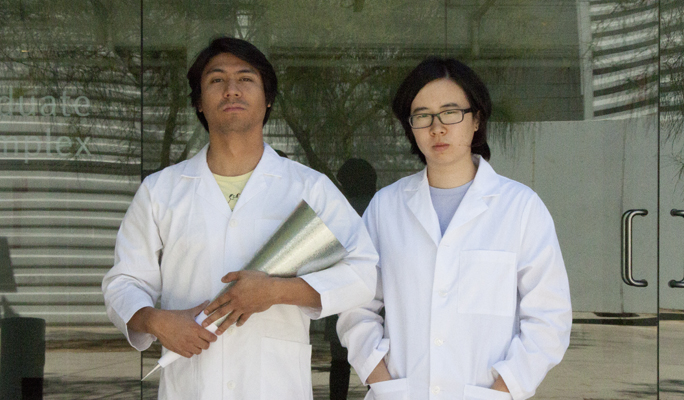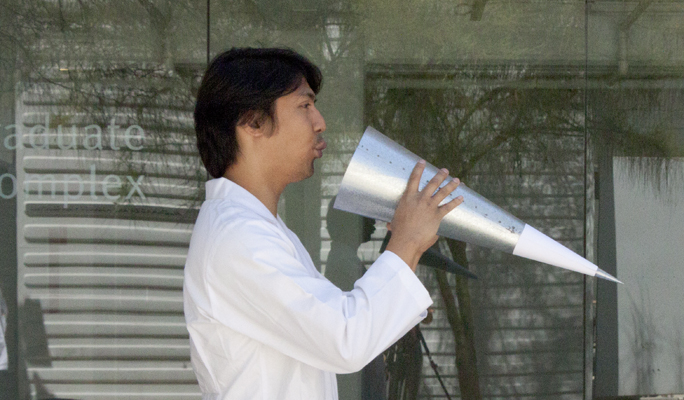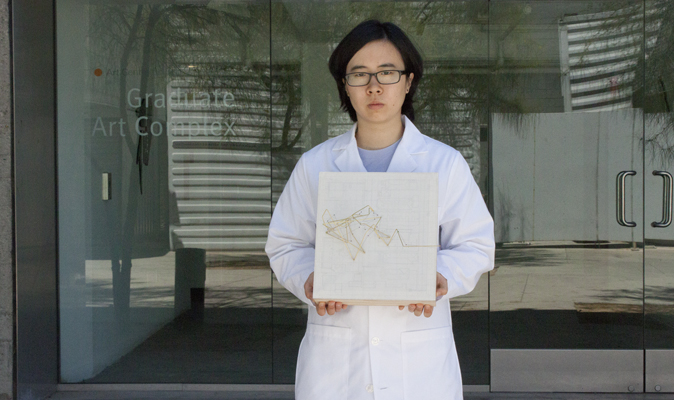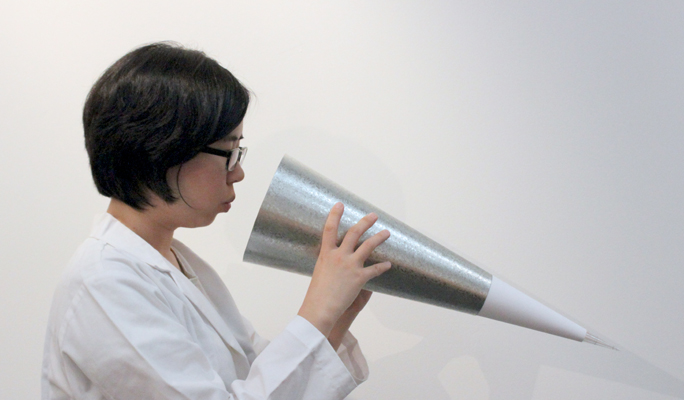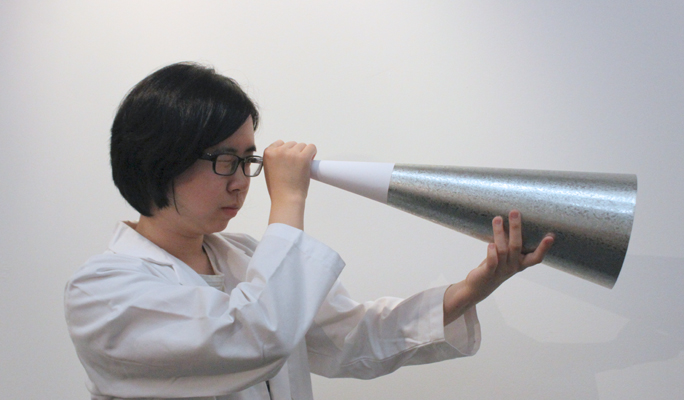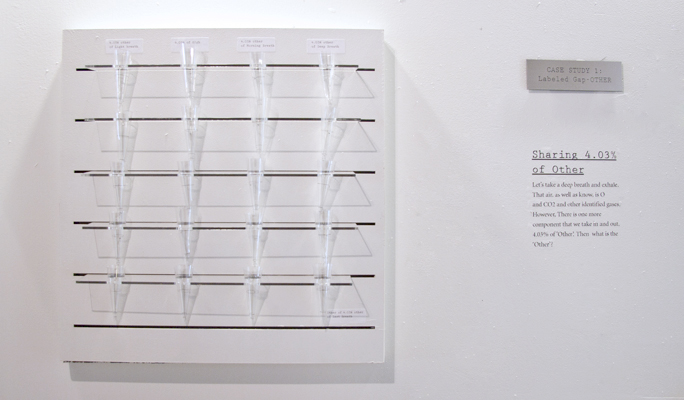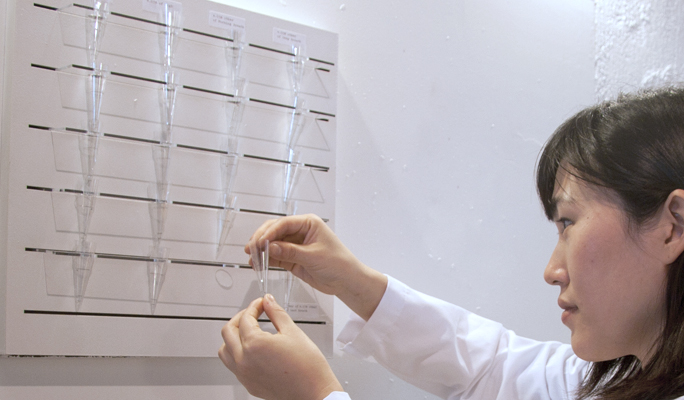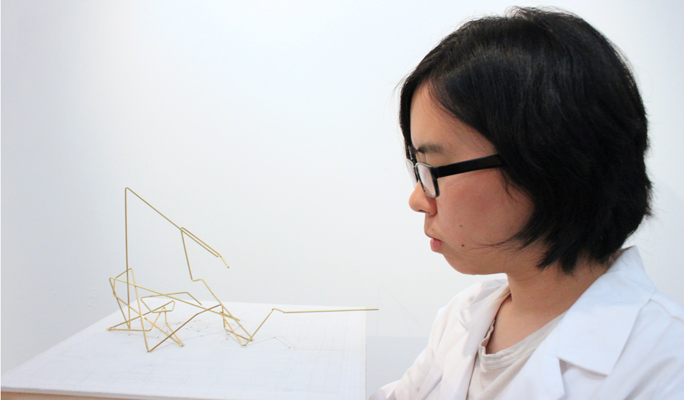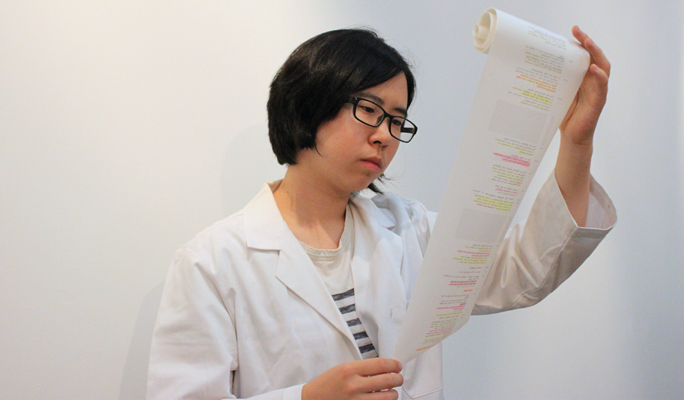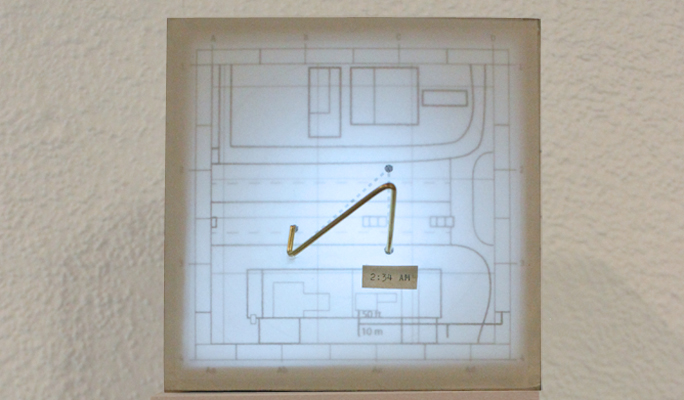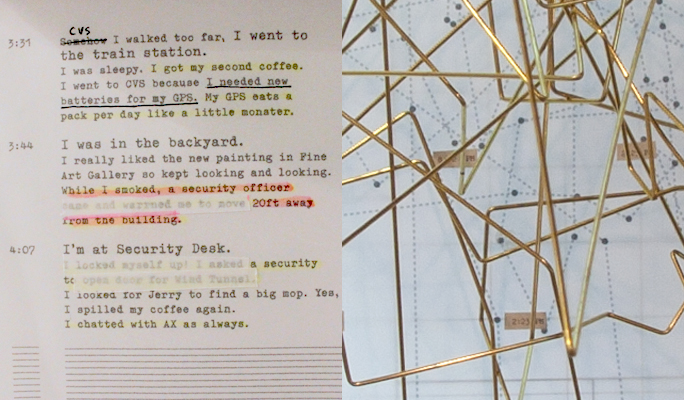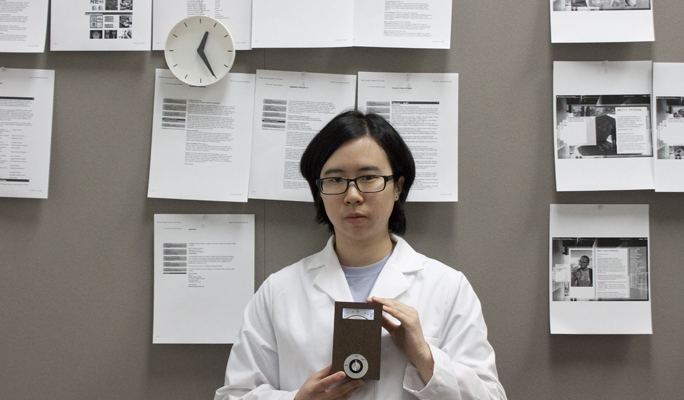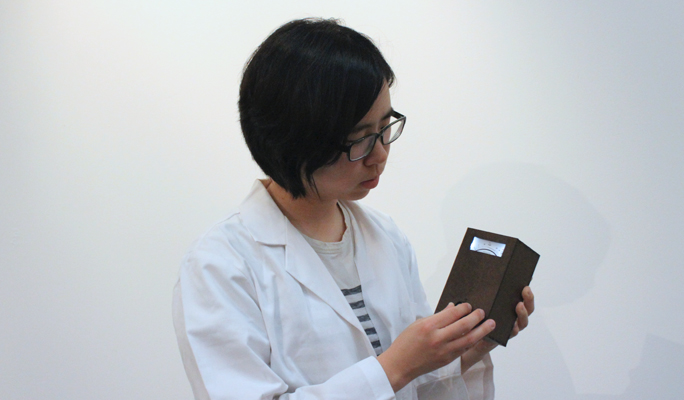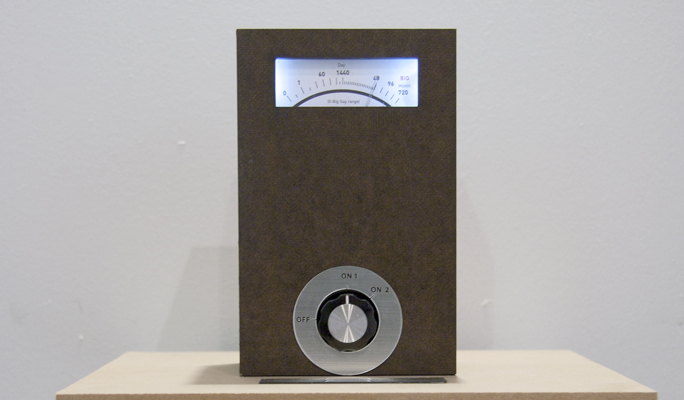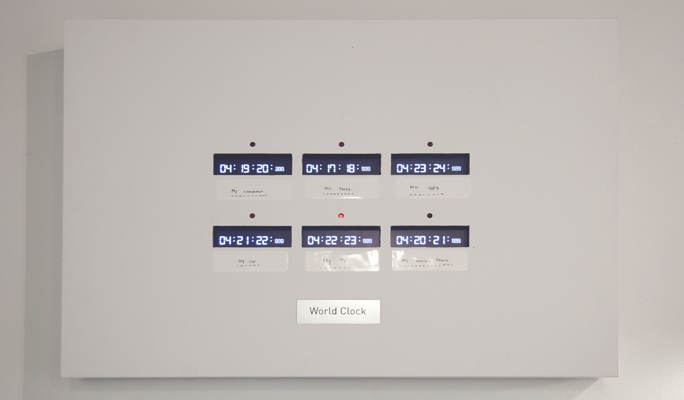I.G. Lab
The lab at the Institute of Gapiology has been strategically formulated with the intention of providing a rich volume of services and studies to interested parties as well as to the general public. The IG Lab (IGL) is responsible for developing and showcasing the findings from yearly experiments, studies, and case studies along with their corresponding development of relevant instrumental tools. The studies performed by IGL differentiate between different types of gaps which are regularly encountered (either consciously or unconsciously), including but not limited to: the otherness of scientific data (as seen in the analysis of a breath), errors occurring in computational devices (such as a GPS), and ignorance of the inaccuracy within everyday data (evident in phenomena such as clock drift).
Sharing 4.03& of other
Let's take a deep breath and exhale. That air, as we well know, is made up of O, CO3, and a slew of other identified gases. IG is particularly interested in the equally important, yet lesser known, component which helps to comprise a breath - the portion labeled 4.03% of other. If we take a deeper look, what exactly is this other comprised of?
Other Separator: Model GX 150
The Other Separator is a scientific instrument specifically designed as a tool to more deeply explore a variation of labeled gaps known as other. This instrument filters the other from its corresponding subject. When introducing a subject through the filtering system, the subject is filtered through a series of screens, revealing a series of identified elements on the top, and in effect, allowing only the other components to be collected at the bottom. This series of multiple filtering screens allows for the targeted isolation of other components from its defined partner components, allowing researchers to develop a more focused study of the other. Case studies, such as the Other Collection of Jisu Choi's other components in a breath have affirmed the value of such a filtering system, as only the other contains information about the participant in regards to how they may have interacted with the relevant subject.
Misreading and Misremembering
Within any given day, it is common for the average person to be confronted with an abundance of data, often received in tandem with the utilization of a device as based on a complicated data system. Has the insinuation of increased efficiency and utility led to our ignorance of the possibility for error and the consequential misreading of data? Between our resulting misreadings and misrememberings of data, how might this lead to the potential for revealing alternative stories of our day?
Error Visualizator: Model GX 320
Error Visualizator is specifically designed for the illusive gap, more commonly known, and thus correspondingly categorized as error. GX320 captures and translates the errors in data into an easy-to-read 3-dimensional visualization available both as a top layer visualization for a GPS map, as well as a generative list of data.
*This is a visualization of 3.3 km worth of error as derived from the GPS data gathered by Hye Mi Kim on March. 2 , 2011.
Clock Drift Clock
Most can agree that this is a familiar story: bored once again, you check to see how much time is left in your class. A clock on your phone tells you it is 1:12, yet when you check another clock on your computer, it reads 1:14. How might this seemingly inconsequential gap in the readings of time as indicated between your clocks potentially result in a more wide-ranging effect on your life?
Time Accumulator: Model GX 210
Time Accumulator is specifically designed to enable the exploration of an ignorable gap as seen in Error 2. This internet-based tool connects with My World Clock, presenting the ability to read the accumulation of a given researcher's clock times (as presented from various sources such as clocks displayed on their phone, television, and computer) together in one display. After the accumulator automatically harvests the time drifts existing between various clock sources, researchers can better analyze or release the desired effects to their preferred clocks. For example, if the researcher collects three minutes of time drift, the accumulator would auto-correct by releasing an additional 0.002 seconds per each existing second. Initial studies have revealed that this correction does result in a three minute extension of time in regards to the traditional 24-hour day of an average researcher.
*Warning: All data generated from these instruments do retain additional gaps such as those defined as Other and Error.
